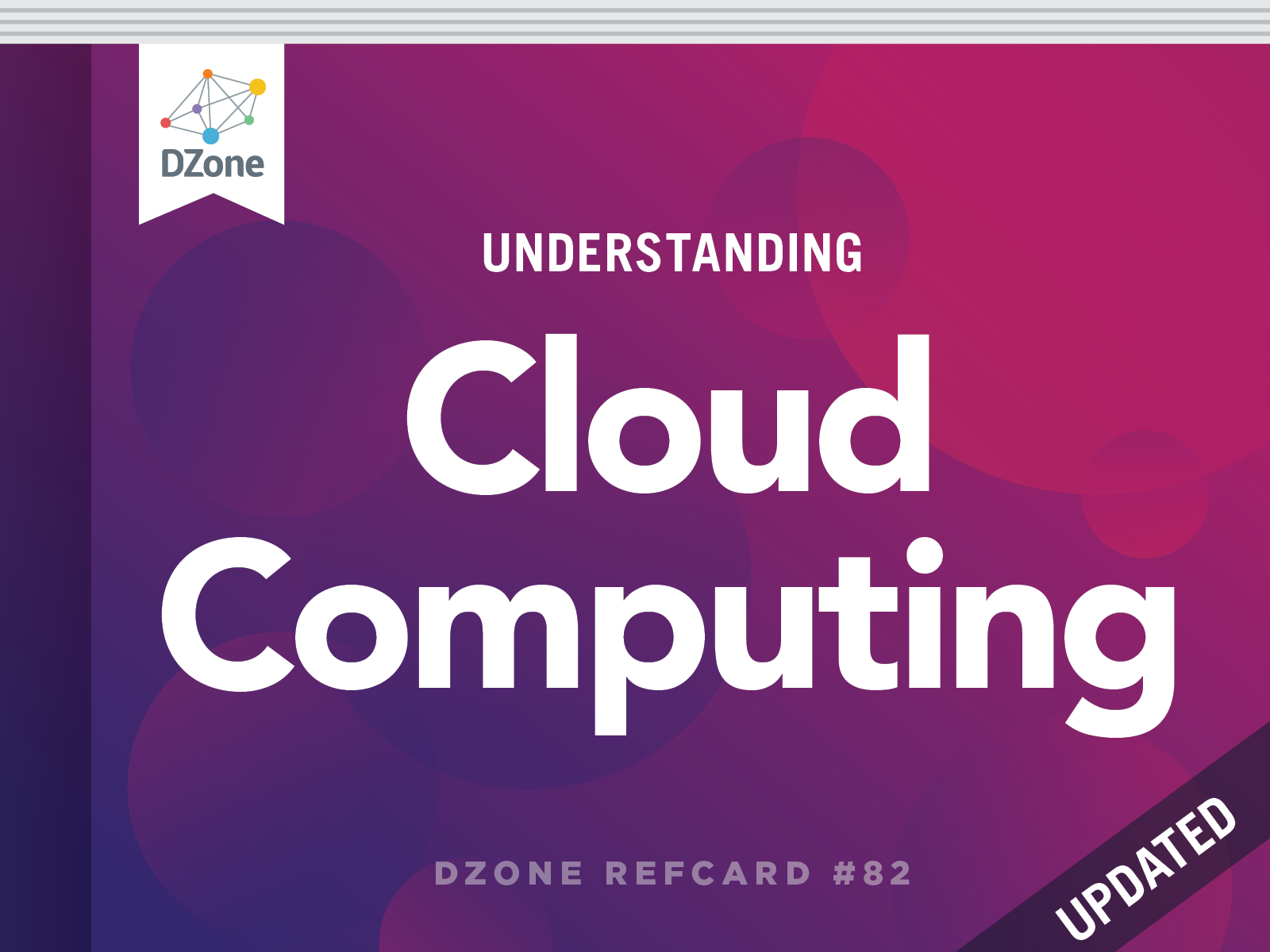Pay Only What You Consume
Until a few years ago, the costs of providing off-site services were similar to a leasing plan; a certain amount of allocated resources and an incurred cost whether such resources were consumed or not. Cloud computing as it's known today has changed this. The various offerings provided by all major cloud computing platforms function on a consumption-based plan. The use of services is charged based on the applicable resources of that service. For example, a virtual machine will incur cost based on the computing power used and the server uptime. Meanwhile, a data warehouse service might charge based on the amount of data stored and the frequency with which reports are run against it.
This pricing structure may seem convoluted, but it greatly benefits the customer. Cost incurred for use means companies of all sizes can use resources that would be cost prohibitive if they had to acquire all the hardware, software, physical space, and connectivity on their own. An on-premise data warehouse can be extremely costly. A cloud based, consumption priced data warehouse is much more affordable.
One Time & Alternative Pricing
Cloud services are often subject to traffic spikes due to one time events (e.g. National broadcast exposure, SuperBowl commercial, etc.). Not only can this type of provisioning be expensive, but oftentimes difficult to achieve.
Cloud computing platforms allow applications to access additional resources immediately and as needed without additional configuration..
In addition to peak and one time pricing, some services allow for other alternative pricing structures. One example is pricing that becomes cheaper after peak hours. If operations can occur when there is a predictable lull in resource use, such as midnight to early morning for that region, then those operations can sometimes be done at a cheaper rate.
Alternatively, if operations have very flexible usage requirements, then some providers allow customers to bid on access to resources only when they become available for however long they are available at a price calculated by current resource use. For example, a large batch process can be scheduled to occur when computing resources at that region become available for $0.x/minute due to transitory low usage windows until resource usage returns to normal or the batch process completes.
Finally, there is sometimes the option of dedicated resources. These are often the most costly of cloud resources. For some resources, such as disk storage or servers, it is possible to engage a lease type pricing model where a company pays for a resource to be dedicated only to them. This is useful for:
Mission critical applications, networks, and processes that cannot risk being affected by regular virtualization or co-hosted processes
Regulatory situations where the benefits of cloud computing are necessary but co-hosting would break regulatory requirements
Automated Growth & Scalable Technologies
Cloud resources are virtualized and configured for specific requirements but not a physical piece of hardware. This means that it is very easy to launch more of any specific resource needed by the company. If a customer is in a period of rapid growth, then the cloud can easily increase the amount of resources available without intense installation or configuration. This is also true in reverse. If a company needs to reduce cost, then turning off resources or using less of a resource does not require much effort.
Scaling is also extremely easy to do since cloud services can be as permanent or temporary as needed. An application designed for high usage on a cloud provider can easily scale from a small amount of used resource to a large amount without little extra configuration. The cloud service will often instantiate additional resources as needed, for only as long as needed.
Other Cloud Computing Providers
Amazon’s, Google’s, and Microsoft's cloud computing platforms may dominate the cloud computing space, but other providers have also emerged. Some of these providers include:
Openstack Public Cloud
IBM Cloud & BlueMix
Heroku
Many of these providers rely on industry standard virtualization and operating system technology making them competitive to the other cloud computing platforms. However, comparing these other providers to Google's, Microsoft's, or Amazon’s cloud computing platforms can be more difficult due to the maturity and robustness of the big three’s platforms.
Nevertheless, some of these other cloud computing providers have carved out niche markets in the cloud computing market. Some do so by adopting more aggressive pricing structures, catering to the specific needs of certain communities (e.g. Ruby/Rails, or Linux), or providing better customer service than their larger rivals.
Clouds Do Get Disrupted (Rarely)
Customers should hold their cloud providers to a 99+% uptime. Cloud providers are well aware of customer expectations on this point, and do everything to meet that threshold. However, if the mind-boggling number of hours that services are available is considered, then even a 1% downtime is likely to affect you. No technology is perfect.
All Cloud providers offer status pages so customers can be aware of any disruptions that occur:
Google Cloud Status Page:
https://status.cloud.google.com/
AWS Status Page:
https://status.aws.amazon.com/
Microsoft Azure Status Page:
https://azure.microsoft.com/status/
IBM Cloud Status Page:
https://www.ibm.com/cloud-computing/social/maintenance/
Rackspace Status Page:
https://status.rackspace.com/
Cloud Computing Team Blogs
In order to keep abreast on the latest offerings made by cloud computing providers, we recommend you consult each platform's team blog.
Google Cloud Platform Blog:
https://cloudplatform.googleblog.com/
AWS blog:
https://aws.amazon.com/blogs/aws/
Microsoft Azure team blog:
https://azure.microsoft.com/blog/
IBM Cloud blog:
https://www.ibm.com/blogs/cloud-computing/
Rackspace blog:
https://blog.rackspace.com/

